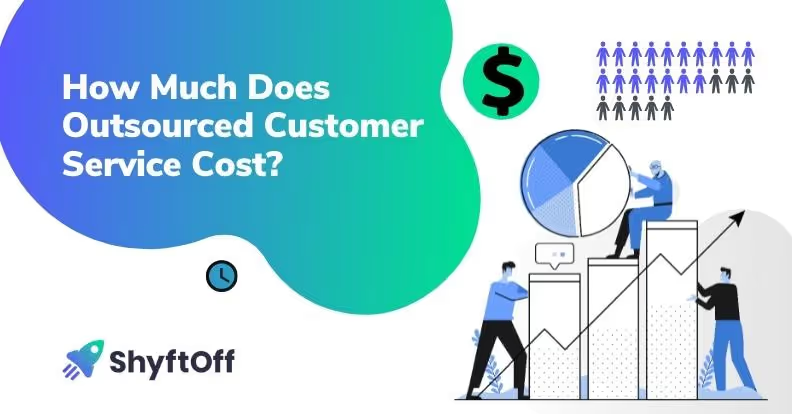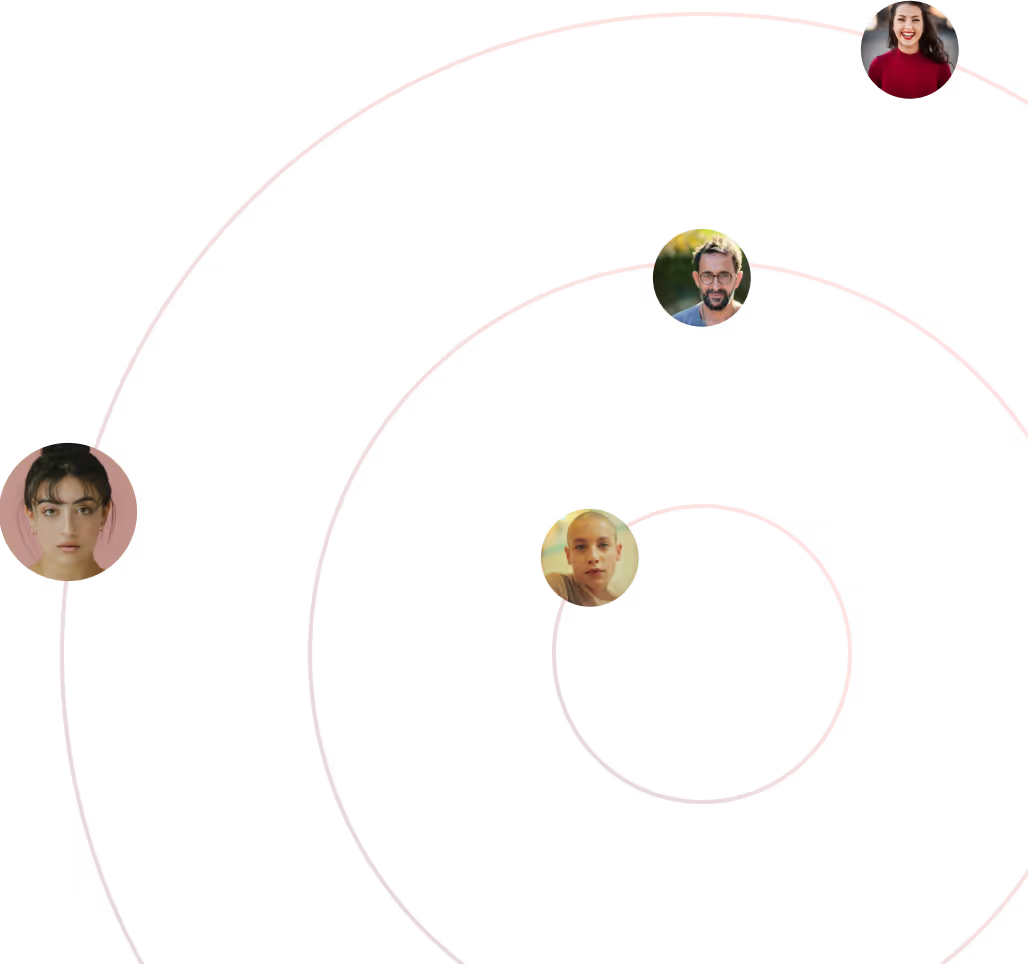Many of us dream of perfectly planning and operating our contact centers. At every interval you have exactly the right number of people to handle fluctuating customer demands, hold times would be obsolete, and your cost structure is completely optimized.
While contact center technology and processes have evolved, we are still balancing quality of service and cost. We believe it is time to rethink the traditional contact center model and seek out new strategies to efficiently improve the customer experience.
The “Gig Economy” accounts for more than one-third (36%) of the US workforce. Over 50 million people are turning to flexible jobs for complete autonomy over their work and lifestyle. These professionals make a living through freelancing, ride sharing, or other jobs that allow them full control over their time and location.
As contact centers require more flexibility in their day-to-day operations, it seems fitting to enable this flexible, gig economy workforce. ShyftOff has developed the technology and processes to allow businesses and gig workers to partner in providing excellent customer experience, lower overall costs, and higher individual earnings for the agents.
Traditional Contact Centers Fall Short on Flexibility & Cost
Forecast Accuracy is Critical to Traditional Contact Centers
Contact centers put significant focus on accurately forecasting call volume, handle times, and contact arrival patterns. This is the starting point to determining how many people need to be onboarded and what their schedules need to be.
Forecast models can be very sophisticated and are the cornerstone of a solid contact center operation, but I’ve never seen a perfectly accurate forecast. Often, these forecasts are developed weeks or months ahead of time with a significant number of assumptions, making these forecasts directional at best.
Forecast errors affect both service levels and cost when operating your contact center as a traditional, non gig economy model. Higher-than-planned demand will likely increase your hold times, which can translate into poor customer experience and impede growth for your business. If you overestimate demand, your contact center is likely overstaffed, which directly affects cash flow.
We believe it is important to have good forecast models in place when planning your operations, but it is perhaps even more important to implement strategies that keep your contact center flexible and responsive to change and variance.
Supply and Demand Are Rarely In Sync
Contact demand will fluctuate significantly throughout the hour, day, week, or month. In our experience it is common to hear clients say “We have twice as much volume on Monday compared to Friday’’ or “The third week in the month is 20% higher than the first”. These patterns make contact center optimization very difficult!
In these cases, you will almost certainly have an imbalance of supply (agents) and demand (contacts) throughout the month. While your volume is fluctuating, your agent schedules are relatively fixed. On peak days you may be understaffed, and on low days, you may have significantly more agents than you need.
As you develop your plans to meet service level, you are constantly making tradeoffs between your quality of service and the cost of running your contact center. You can mitigate this with workforce optimization techniques, but there are limits.
There are limits to the flexibility of your internal staff.
Workforce optimization software has progressed significantly, but employees have limits to their personal flexibility.
Creative optimization tactics work well to improve the match of demand (contact volume) and supply (agent availability), but employees generally need 40 hour work weeks, consistent schedules, and prefer the traditional workday schedule. Forcing agents to deviate too far from these preferences can result in high attrition, poor service, and a higher overall cost.
Progressive contact center operators are putting the agent first in scheduling decisions, letting agents have significant influence over their schedules, and relying on third parties to help fill in the gaps of suboptimal intervals.
Uberization can address these shortcomings by adding unprecedented flexibility to contact center operations.
Reduced Dependency on Forecast Accuracy
In an “uberized” contact center model, flexibility and adaptability are foundational. Since the agent population is not mired by predetermined schedules, your agents can adapt to changes in volume and arrival patterns more fluidly.
This allows businesses to benefit from increased adaptability and lower costs and can shift focus away from intensive forecasting & planning and towards more important endeavors like sales and product development.
ShyftOff has successfully developed an “uberized” contact center model and has been incredibly helpful for high growth companies like AlertTrace, a contact tracing company who has grown significantly by helping businesses return to operations following the pandemic.
As you can imagine, there was no clear forecast for demand quantity or timing for an entirely new product that would launch during a global pandemic. ShyftOff collaborated with the AlertTrace team and organized a group of gig economy agents that were ready and able to support this largely unknown demand.
In any center, it can be hard to know how many contacts will come your way in a given month, or worse, a 30 minute interval. ShyftOff is designed to help companies be prepared for all possibilities while maintaining a variable spend on customer support.
Take the Pressure Off Internal Teams to Optimize Staffing Curves
Established contact centers are pioneering advancements in workforce optimization, but oftentimes that comes at the expense of their internal or vended teams. Complex scheduling, mandatory overtime, voluntary time off, etc. can all improve your schedule’s alignment to your demand curve, but at what cost?
Agents prefer to have input and consistency for their schedules. ShyftOff’s uberized contact center model advocates strongly for both ShyftOff agents and our partners’ agents. When the uber model exists for contact centers, you no longer need to burden your internal teams with complex scheduling to achieve workforce optimization.
We have seen contact centers successfully allow their internal agents to pick their own schedules. This has led to tremendous improvements in agent productivity, satisfaction, and attrition on internal teams.
ShyftOff allows you to supplement your agent base with a flexible model to pick up those missed intervals and build a stronger internal culture without affecting your customer’s quality of service.
Fill the Gaps with a Flexible Workforce
Intraday management, or real-time management, functions help to rebalance workloads within the constraints of a traditional contact center, but if these tactics were entirely effective, your customers would almost never wait on hold, and your queue performance would be perfect at every interval.
The gig economy, who does not require or want full time employment with strict schedules, is the perfect supplement for internal teams. With the right processes and technology, contact centers can operate perfectly at every interval with high quality teams.
ShyftOff’s flexible agents are ready to handle changes in volume and can be added to your list of levers to affect improvements in service level or cost on a moment’s notice.
For more information about ShyftOff, please visit our website or contact Trevor Clark directly at trevorclark@shyftoff.com
We hope you enjoy our content, and hope to speak with you soon!


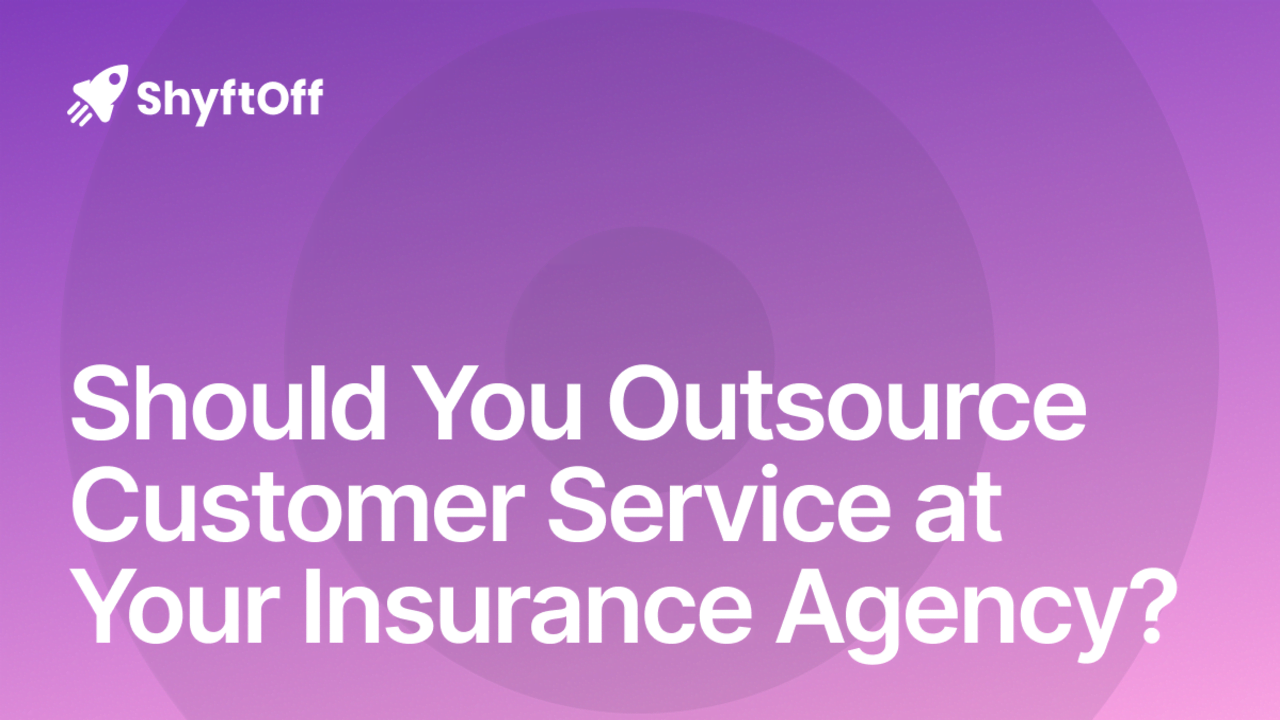
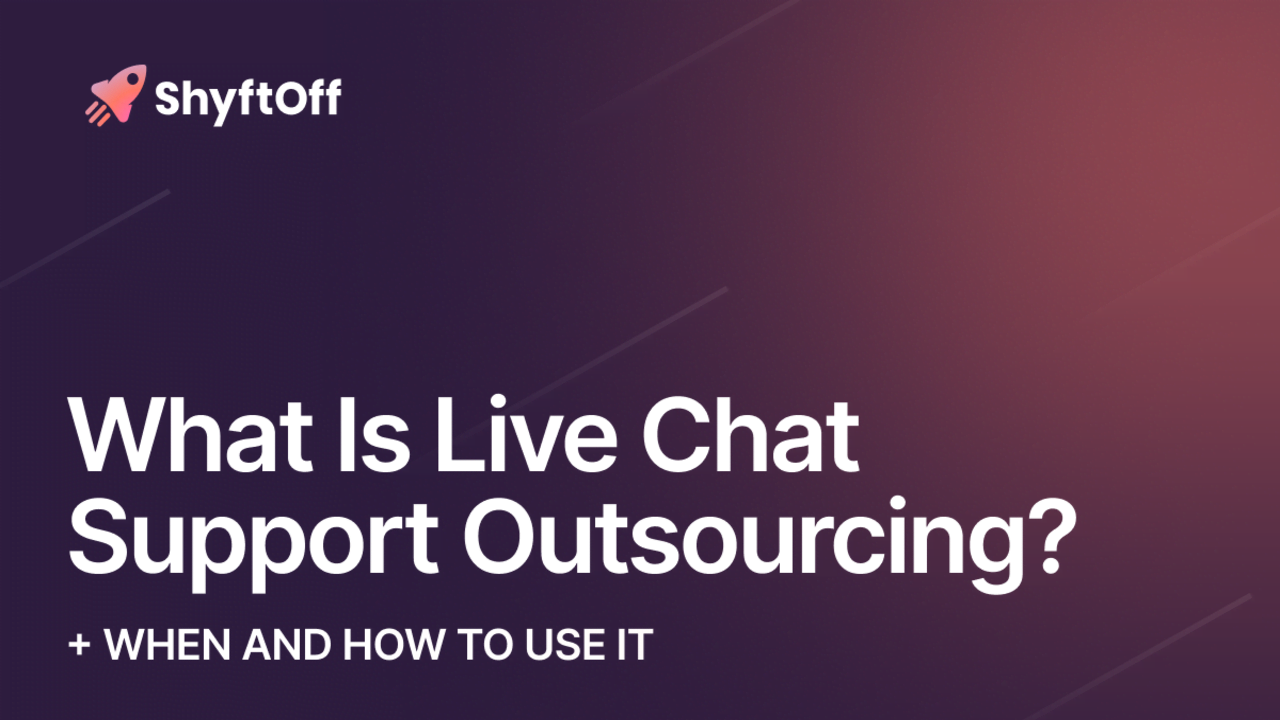
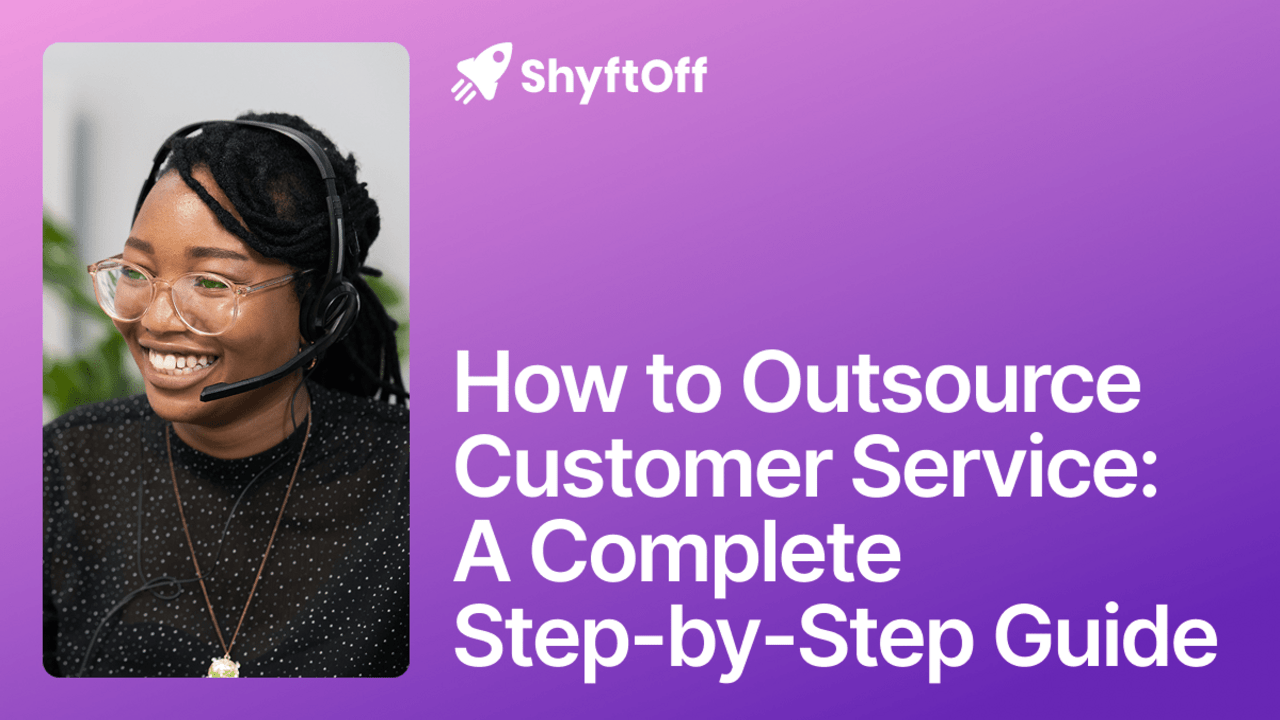

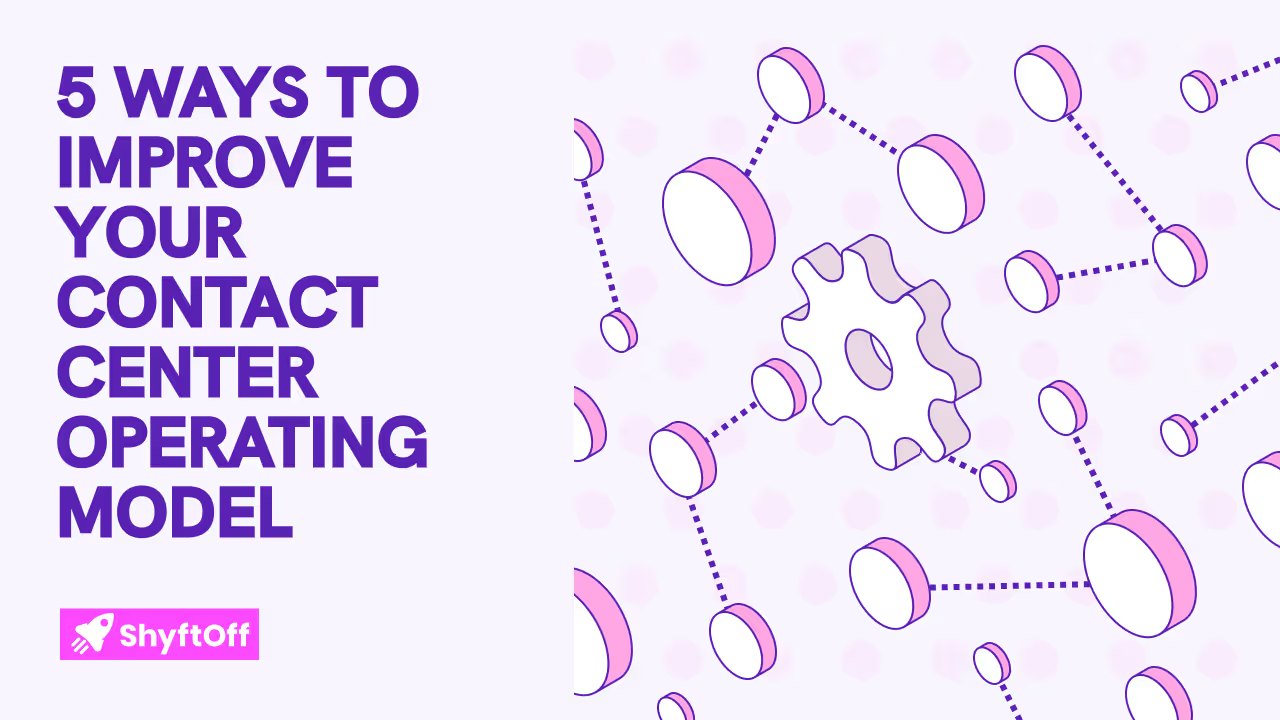
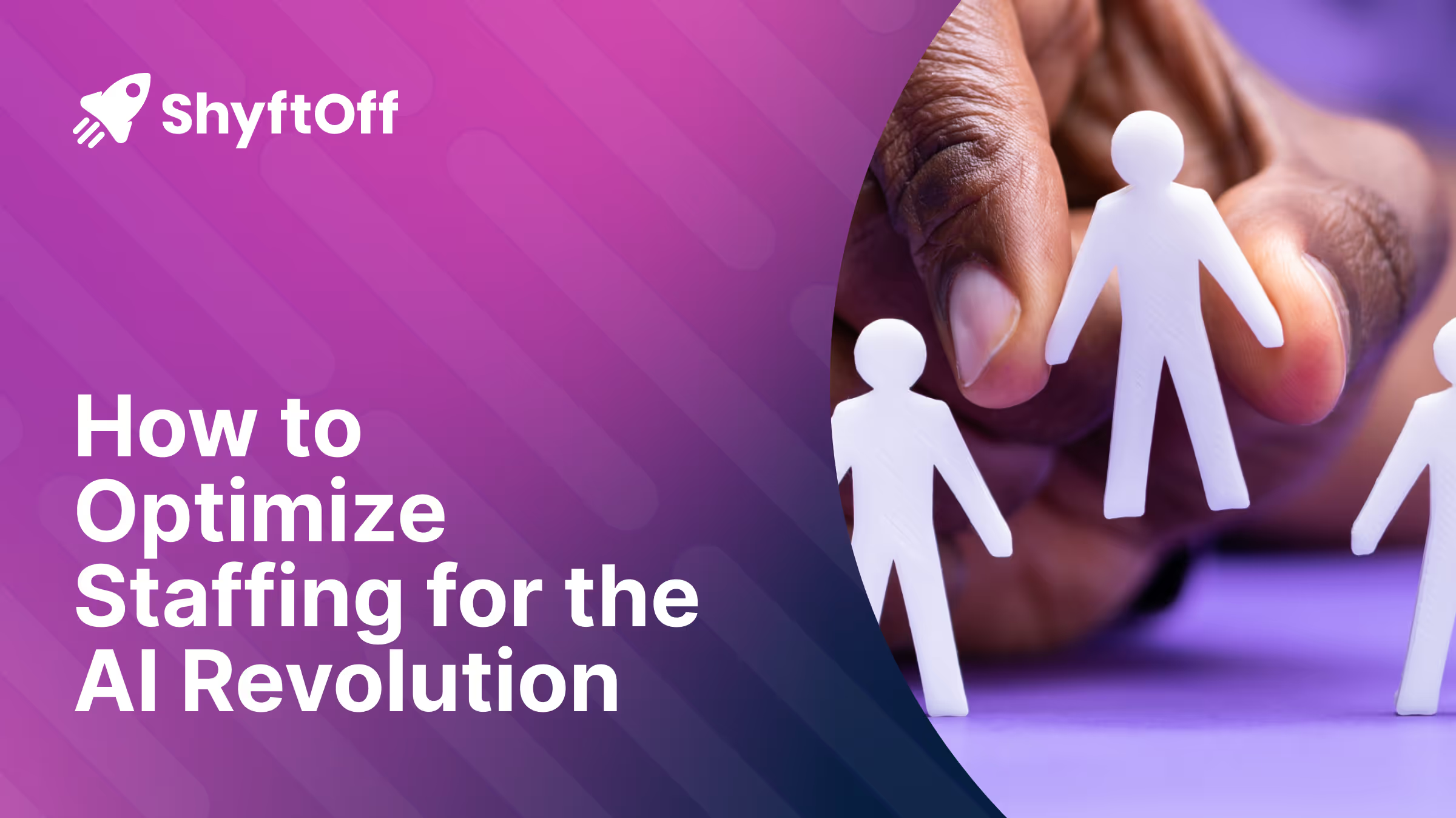
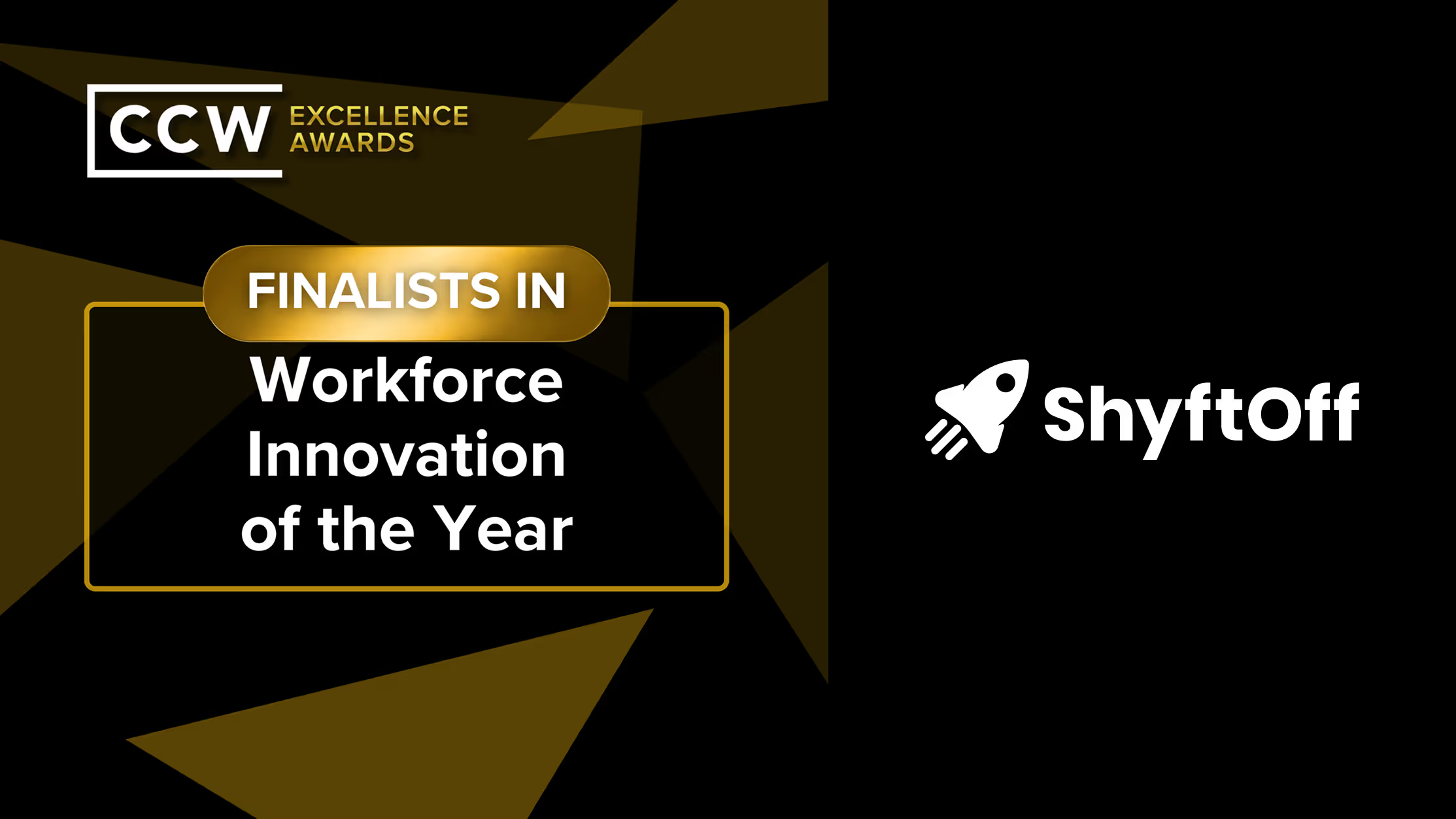


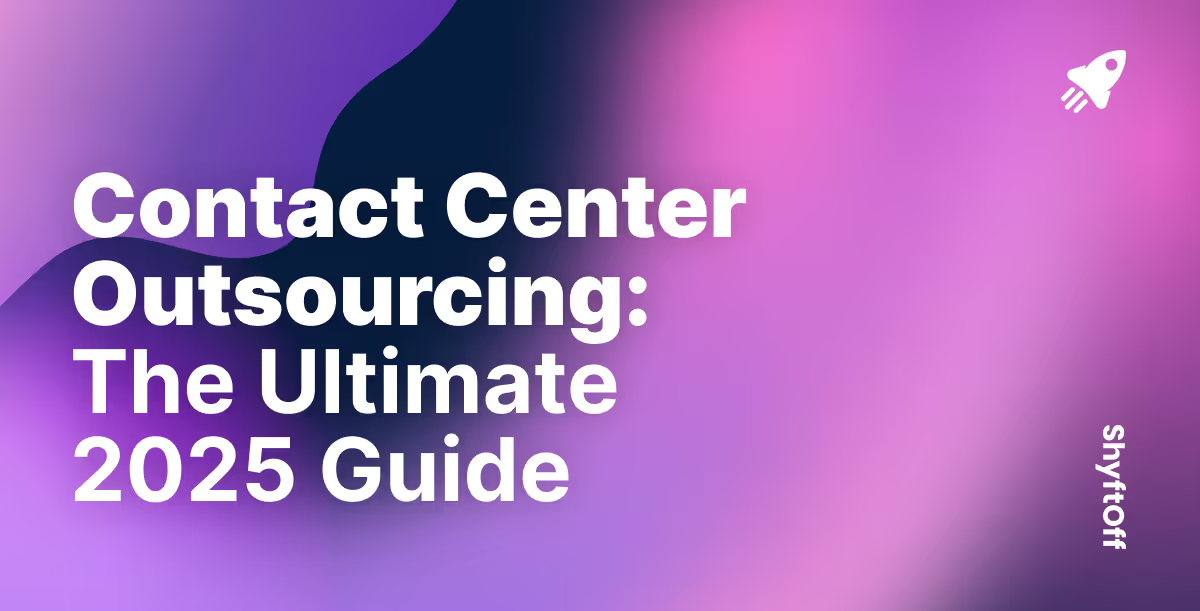
%2520(1)%2520(1).avif)
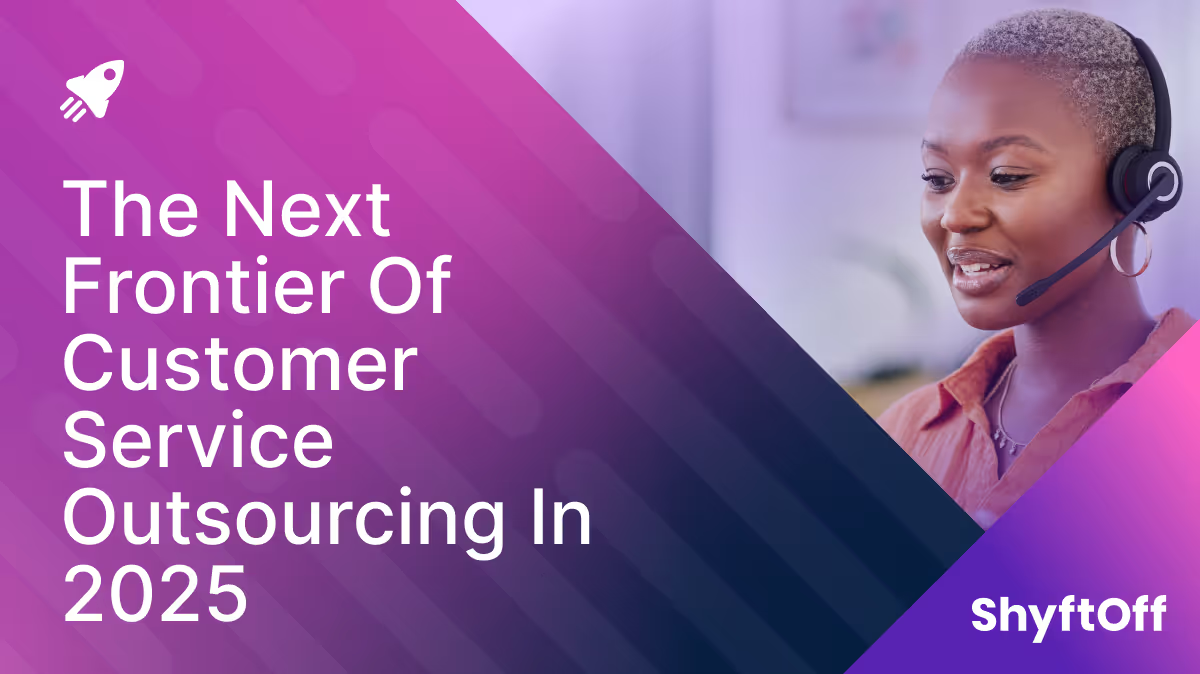

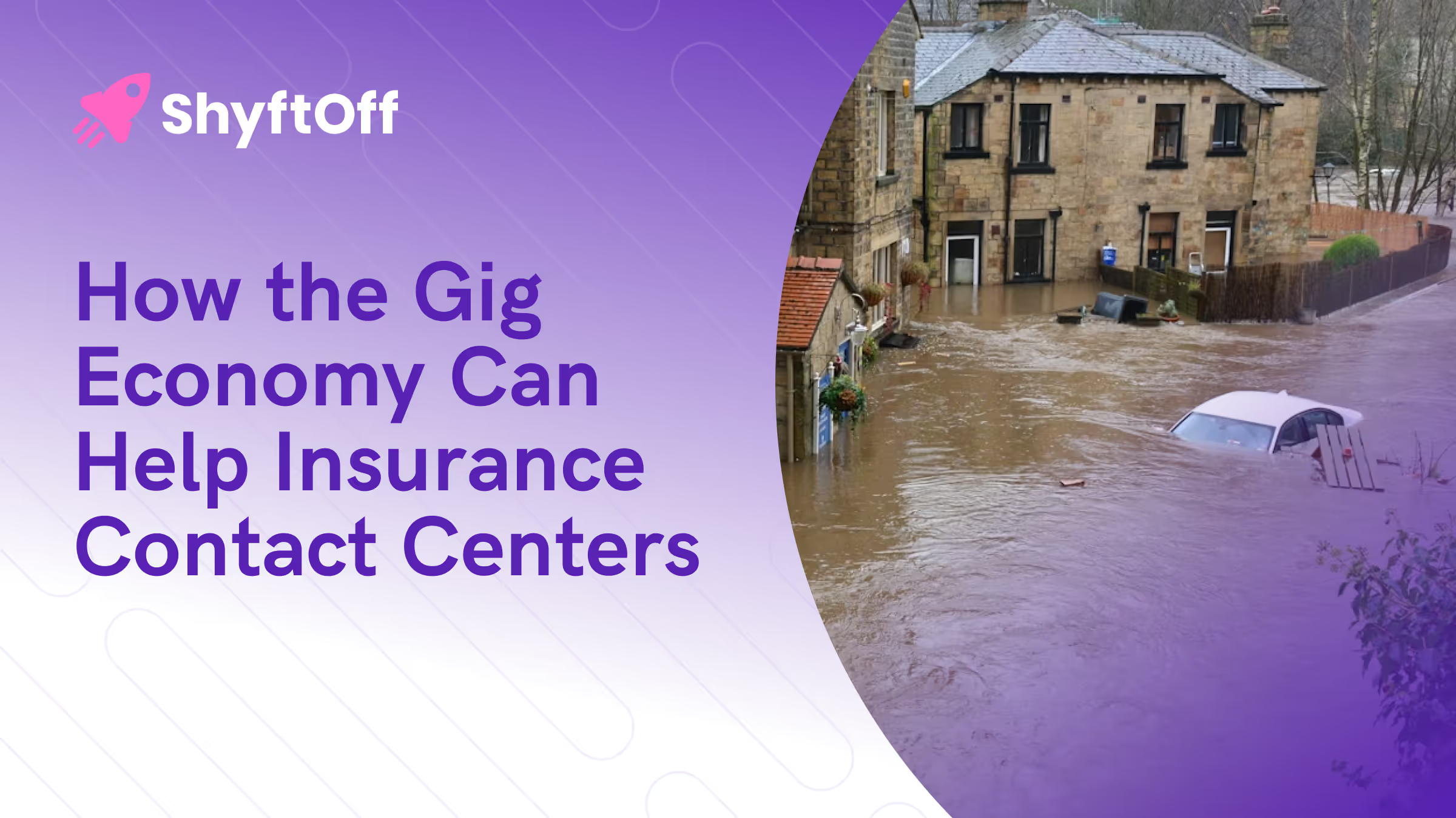

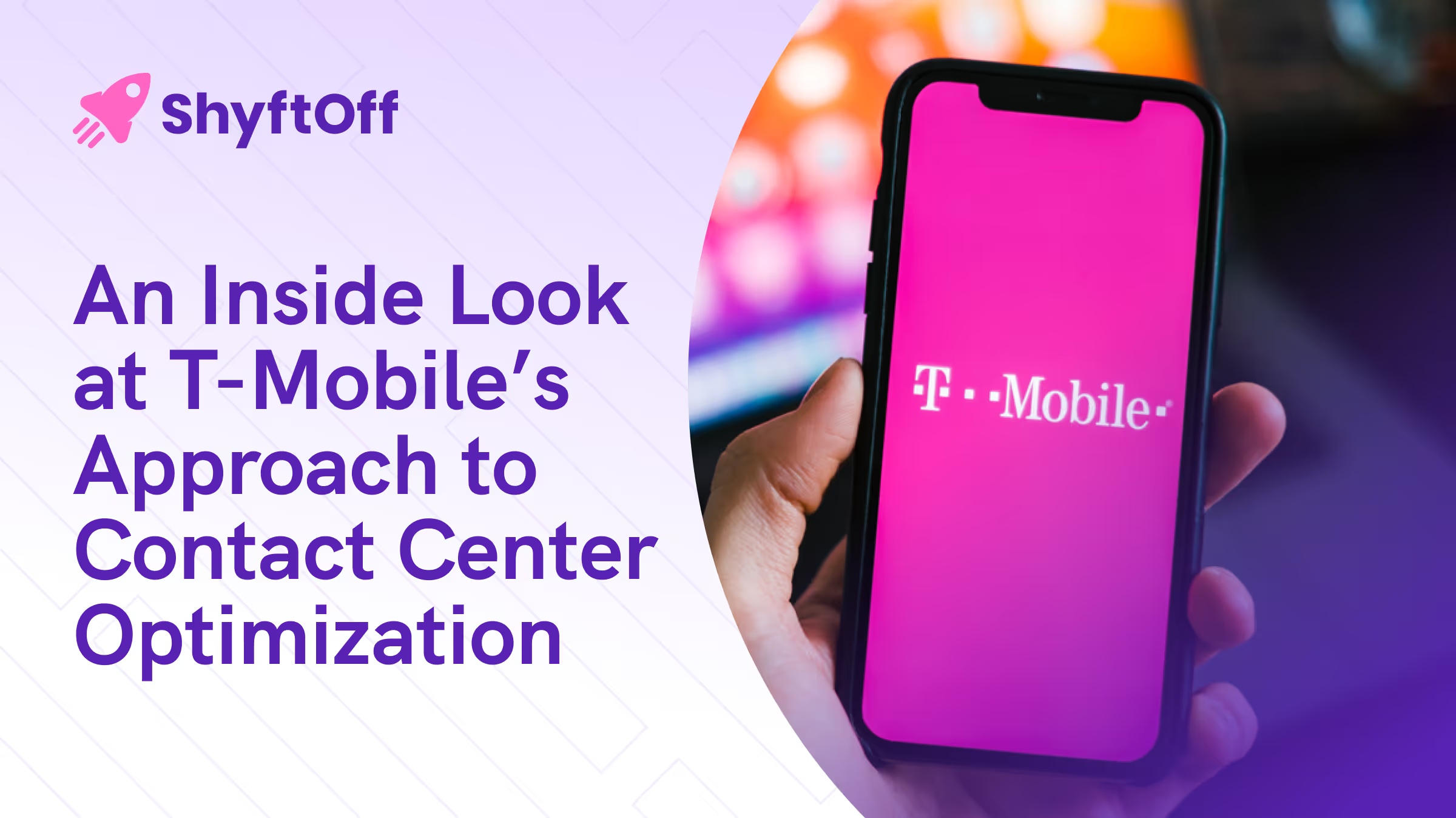
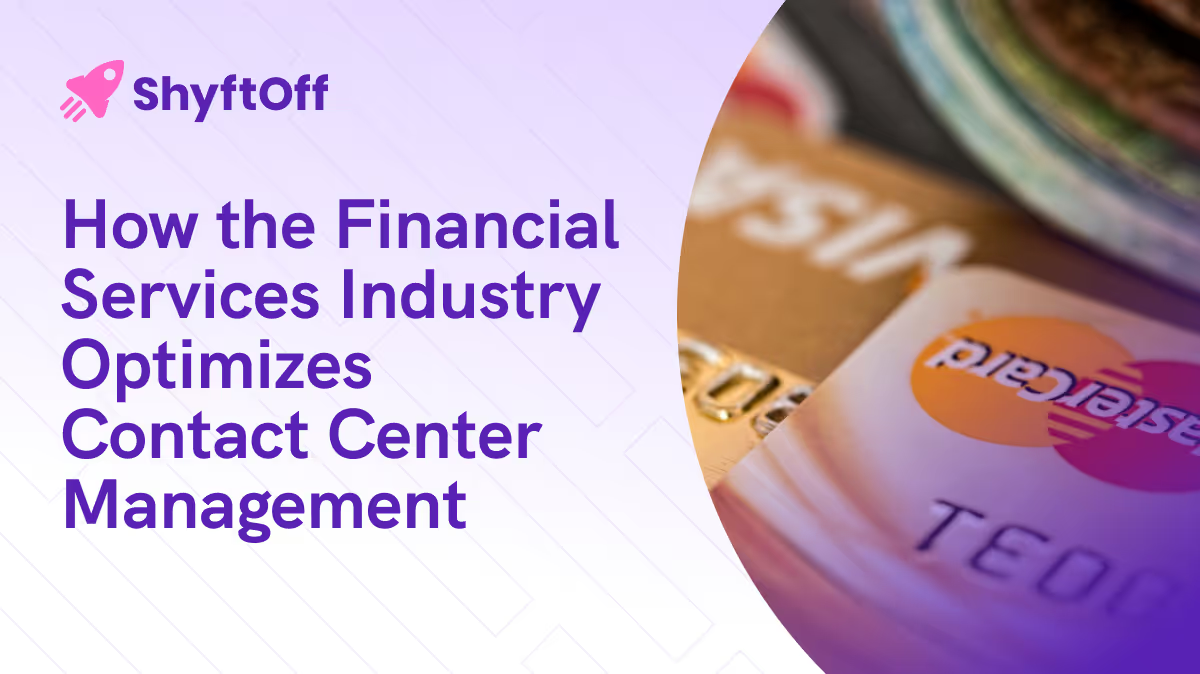


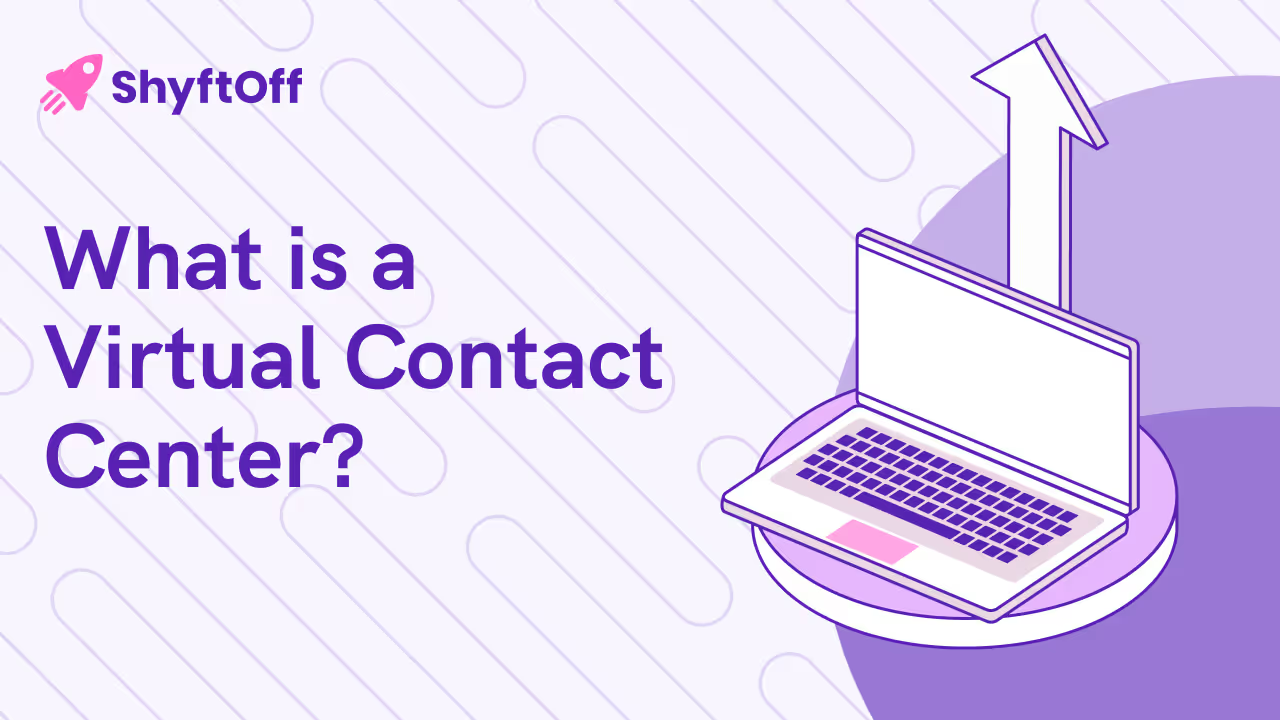
.avif)
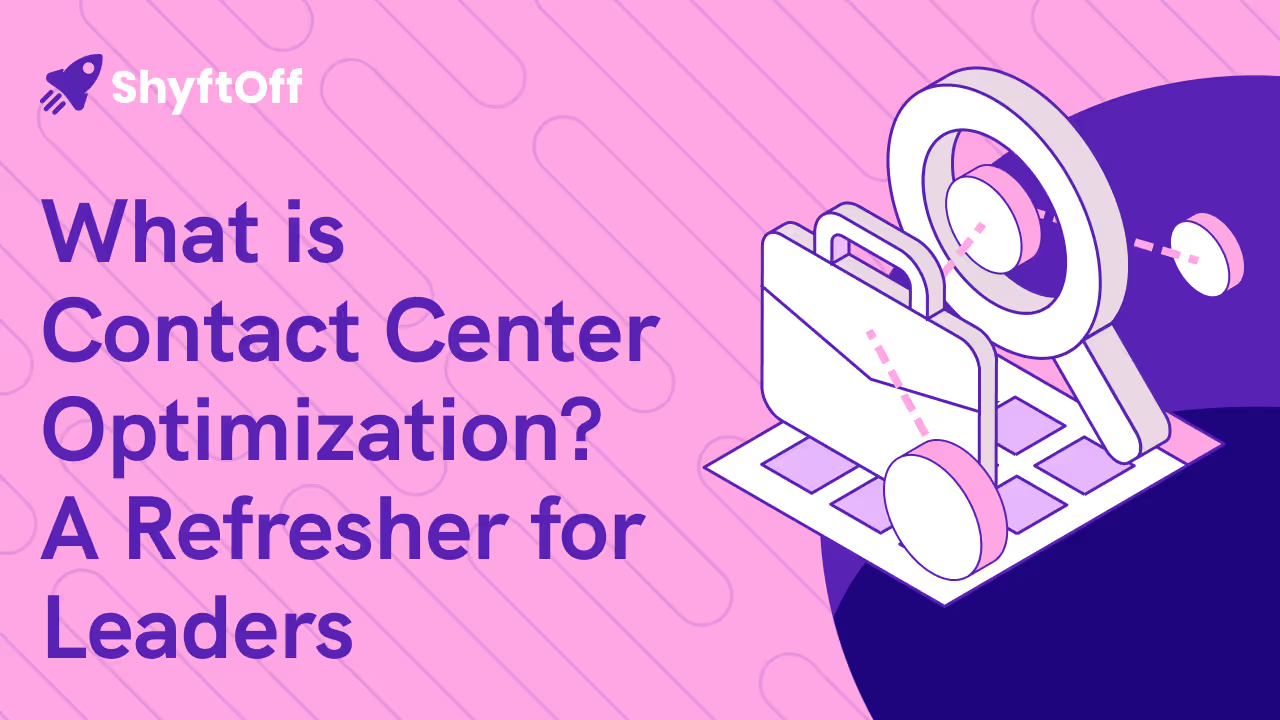

.avif)
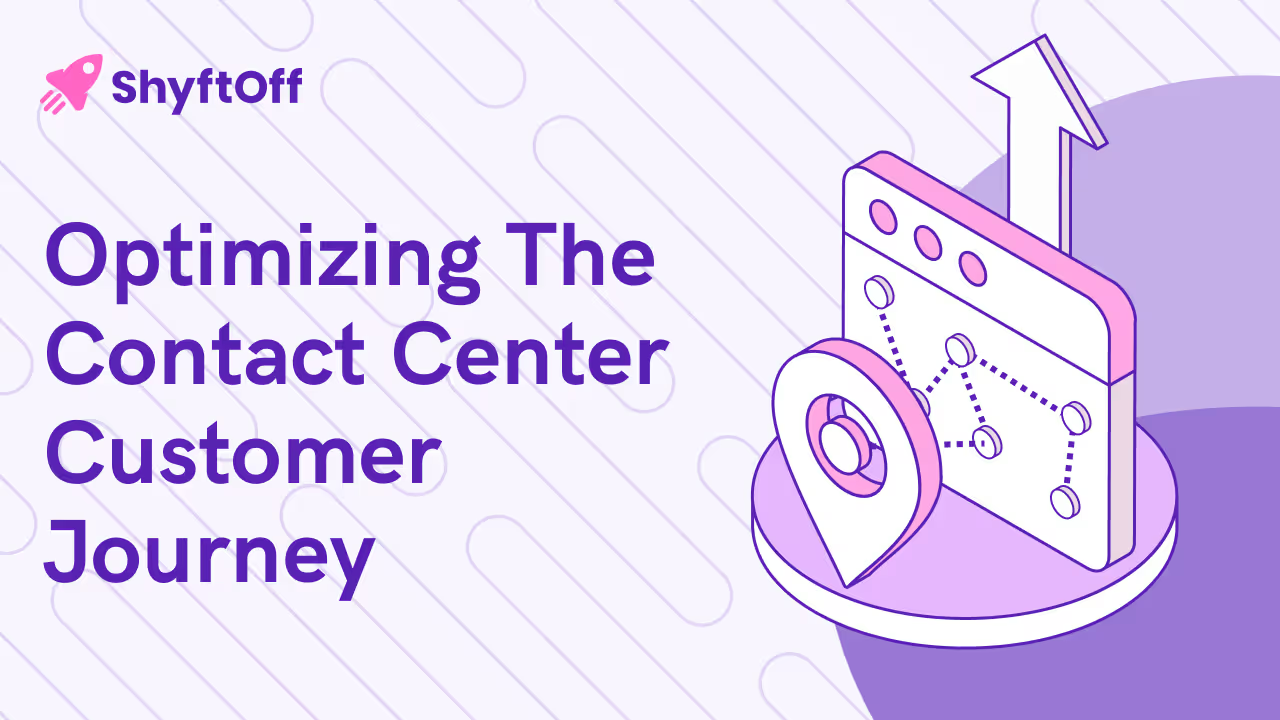

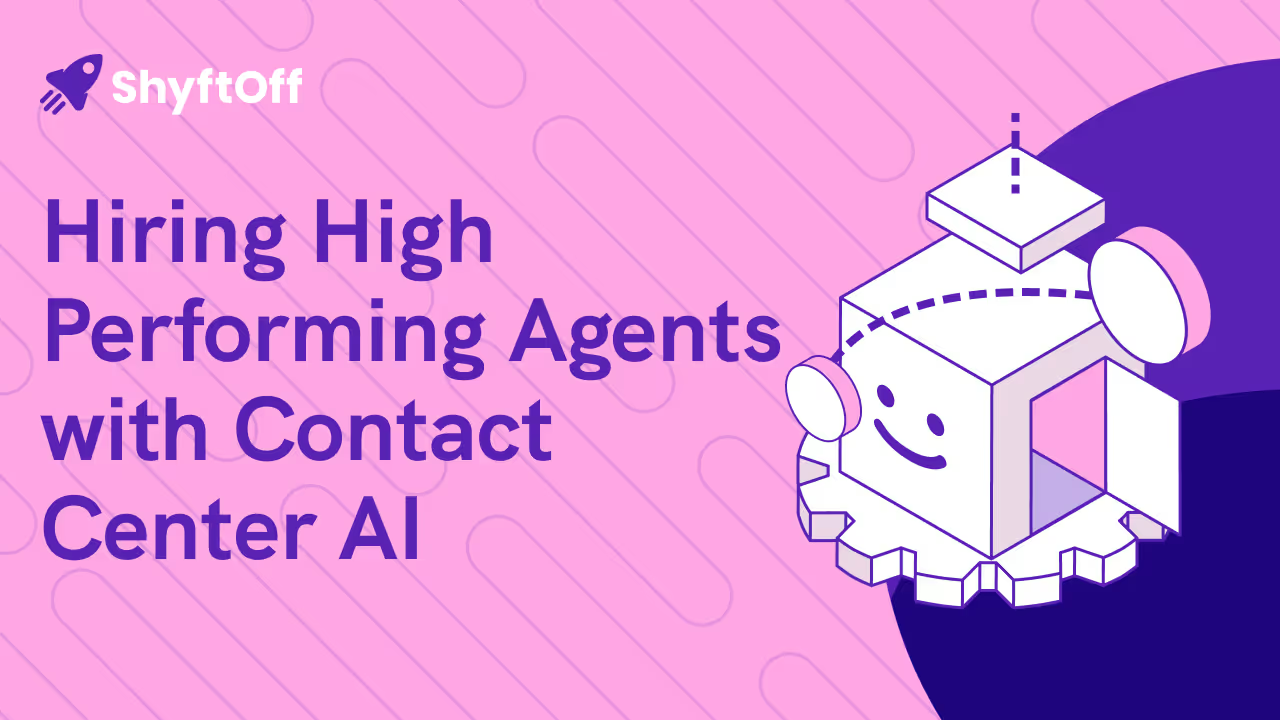

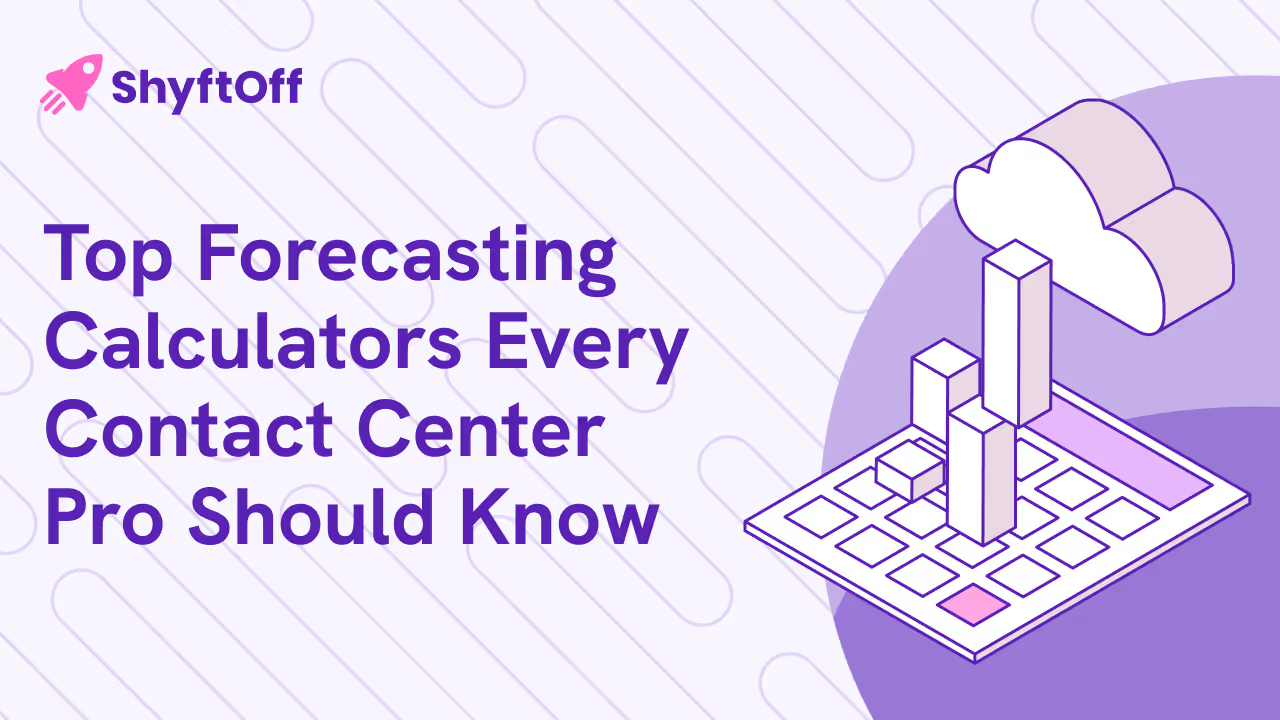
.avif)

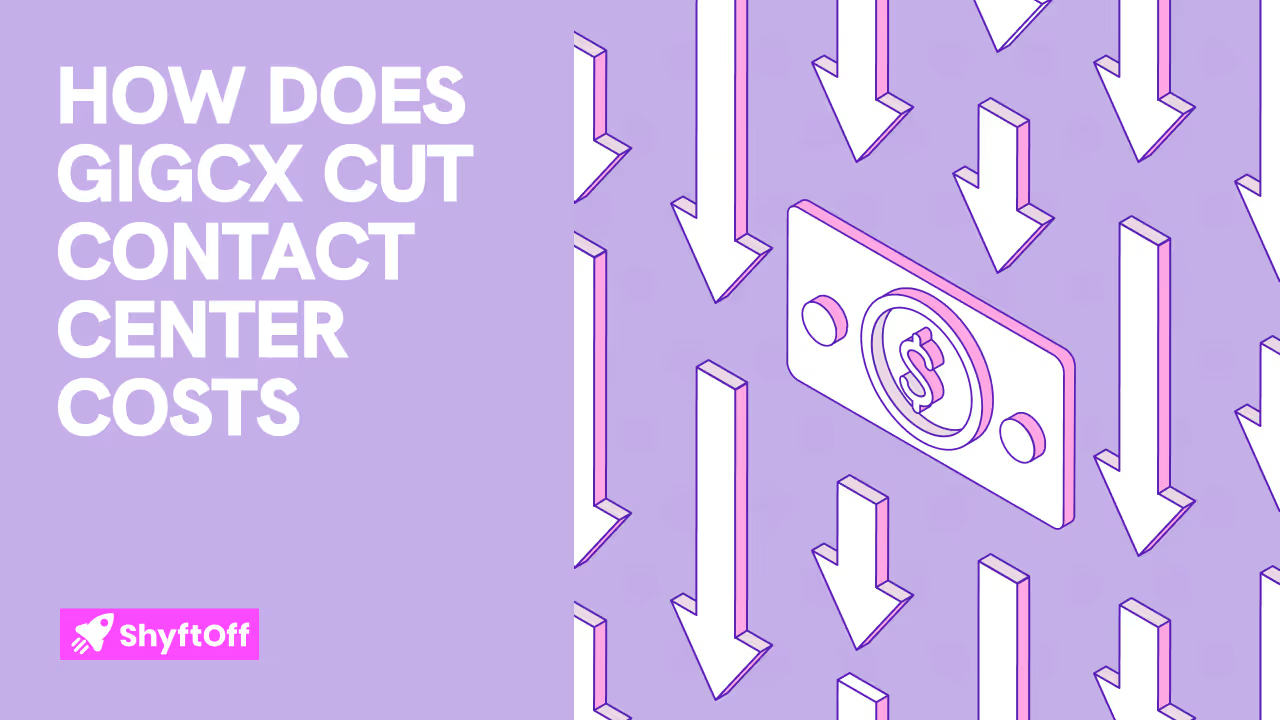
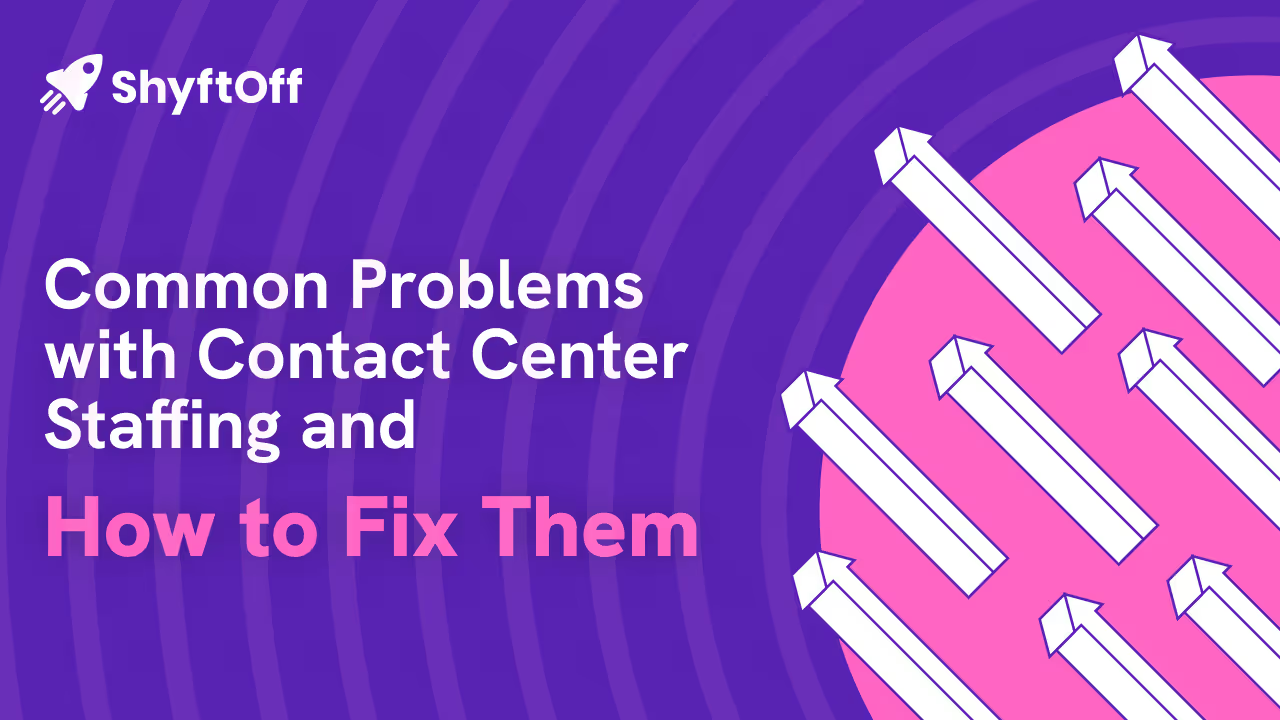

.avif)


.avif)



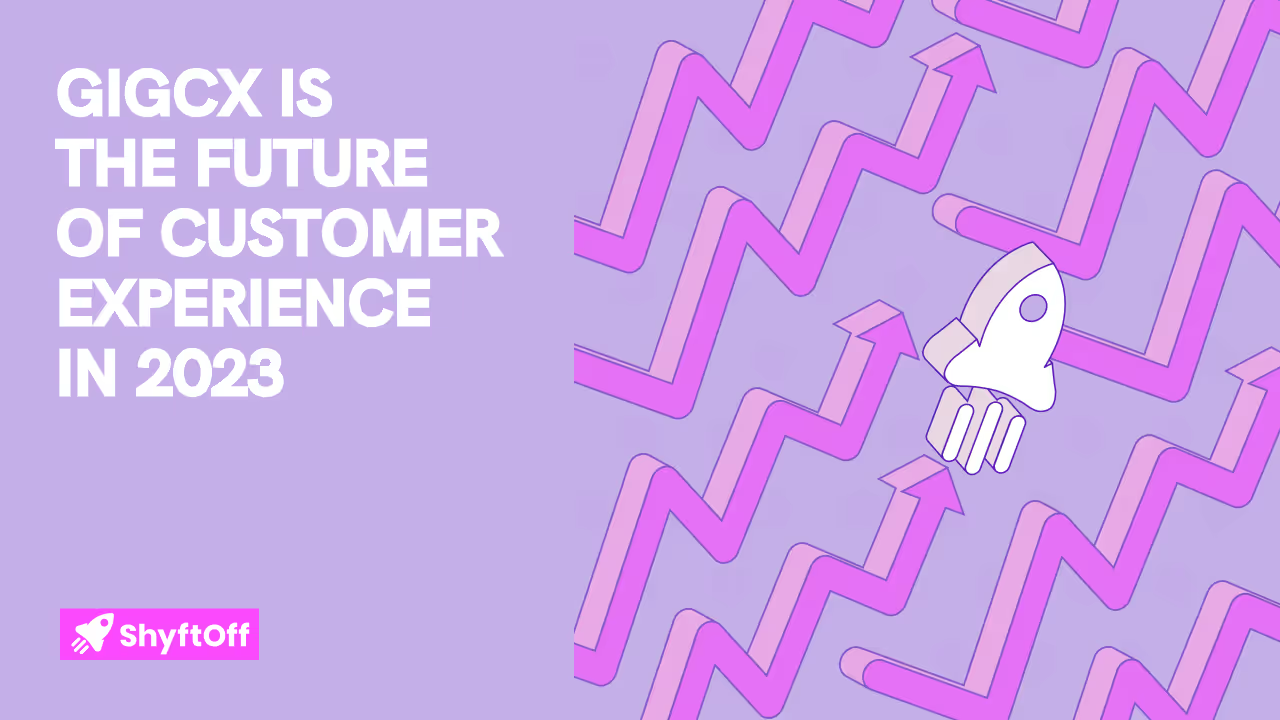
%2520(2).avif)



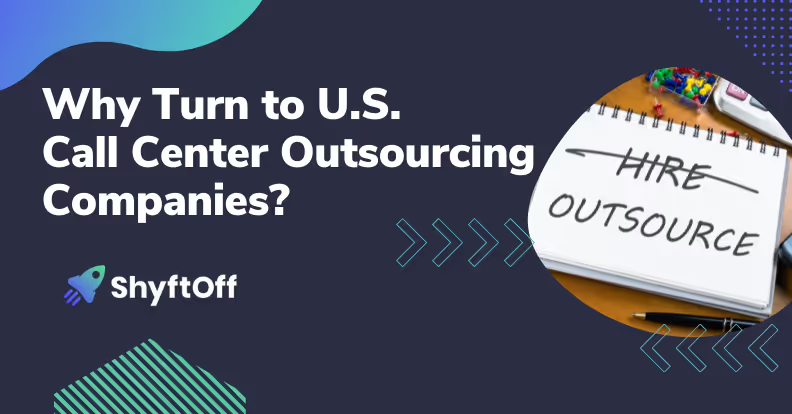
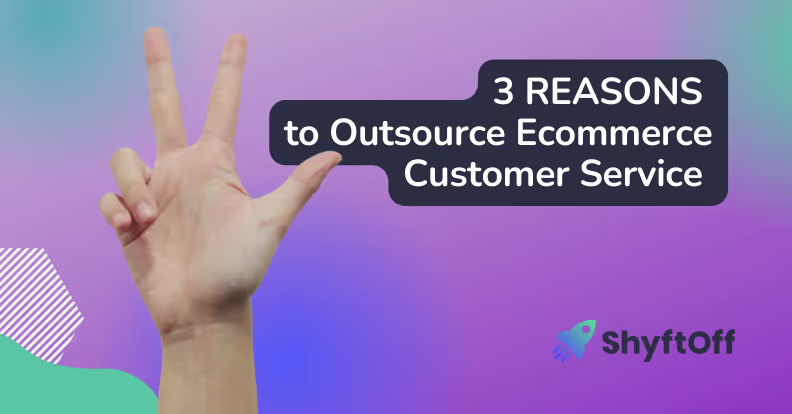

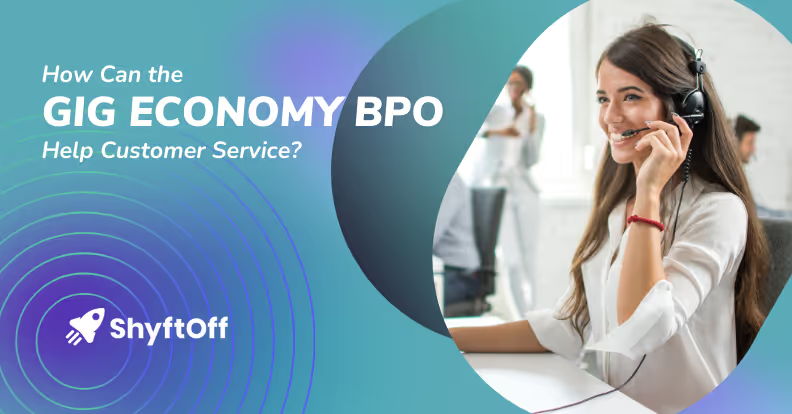

.avif)
